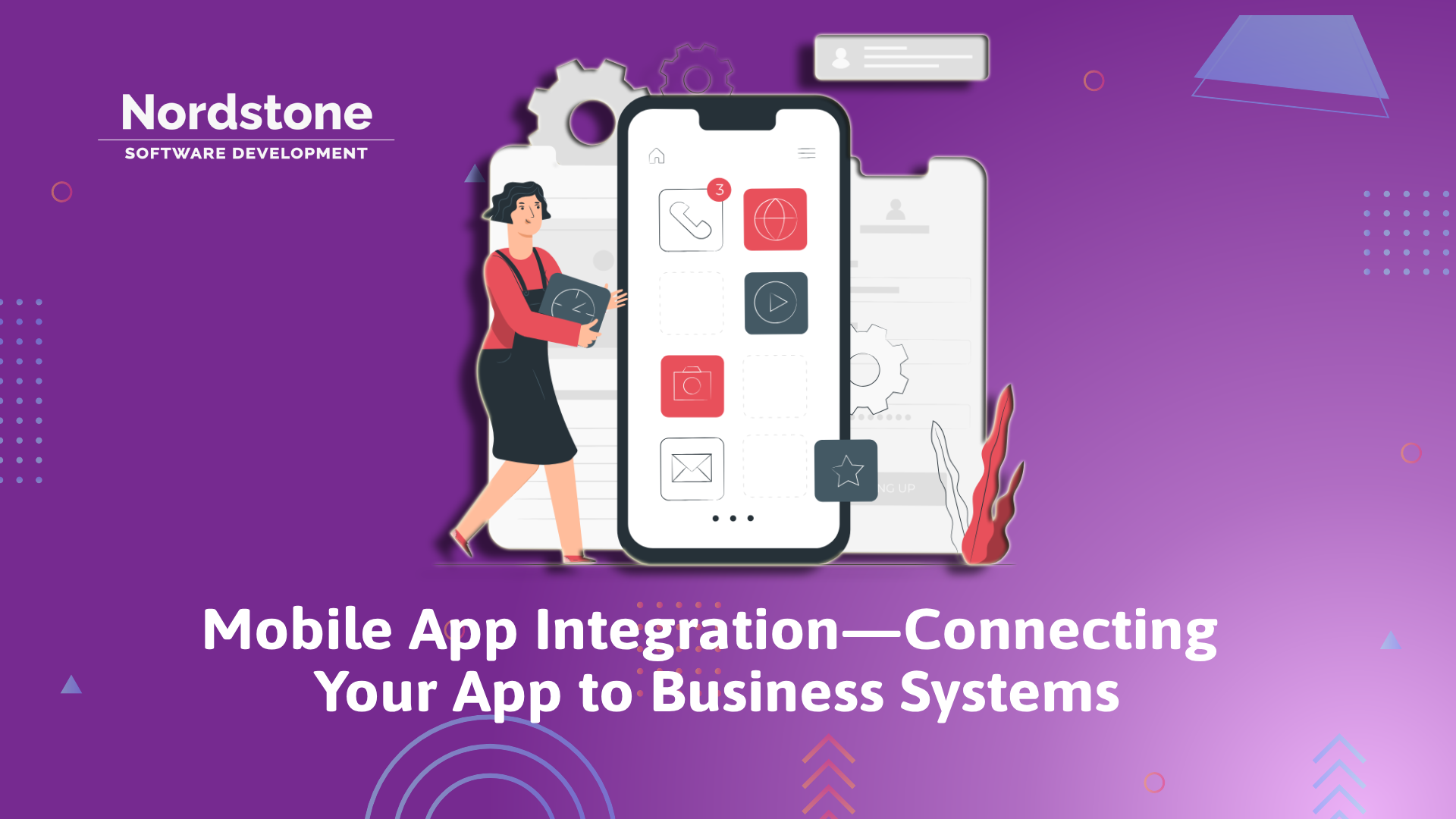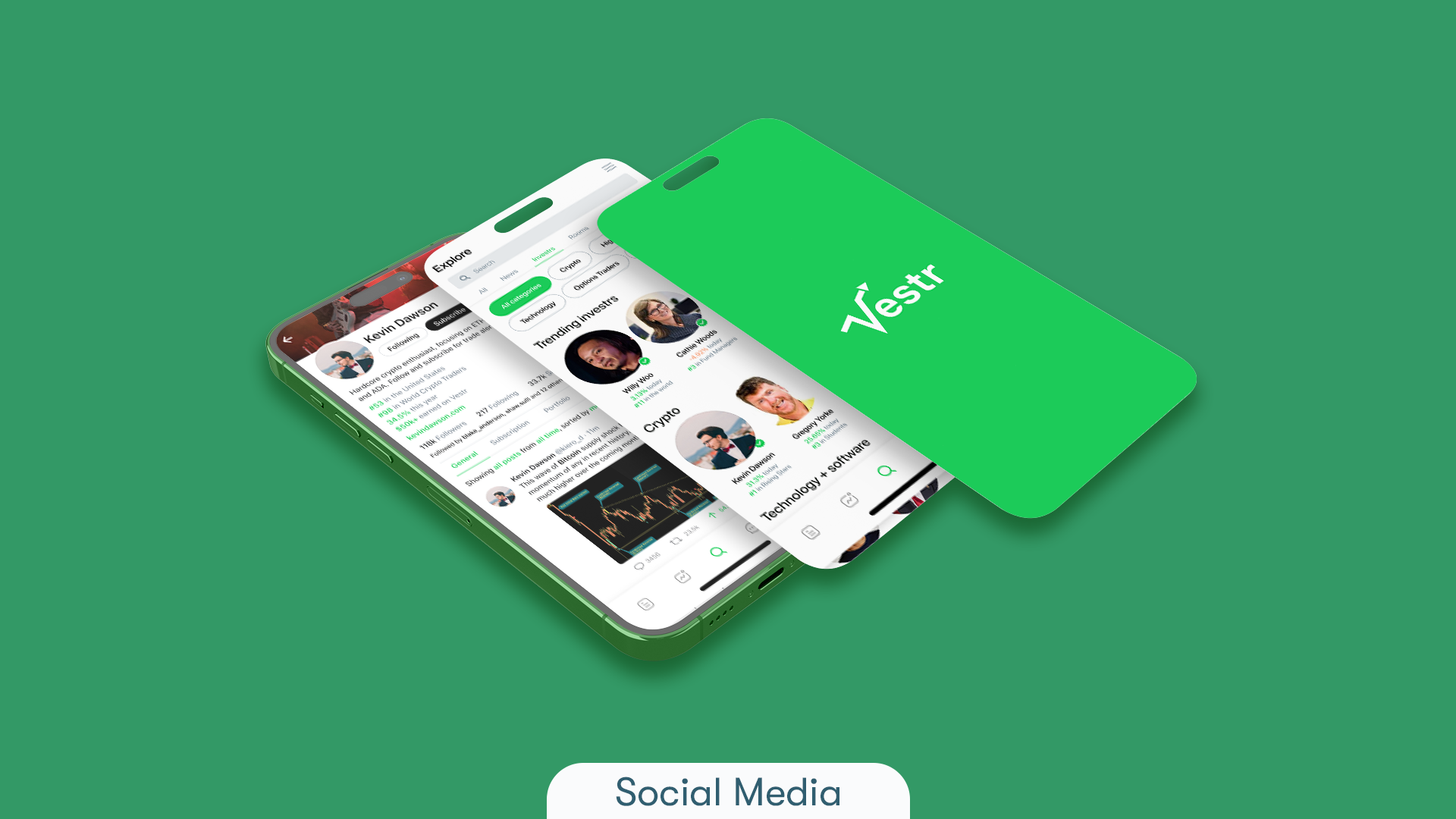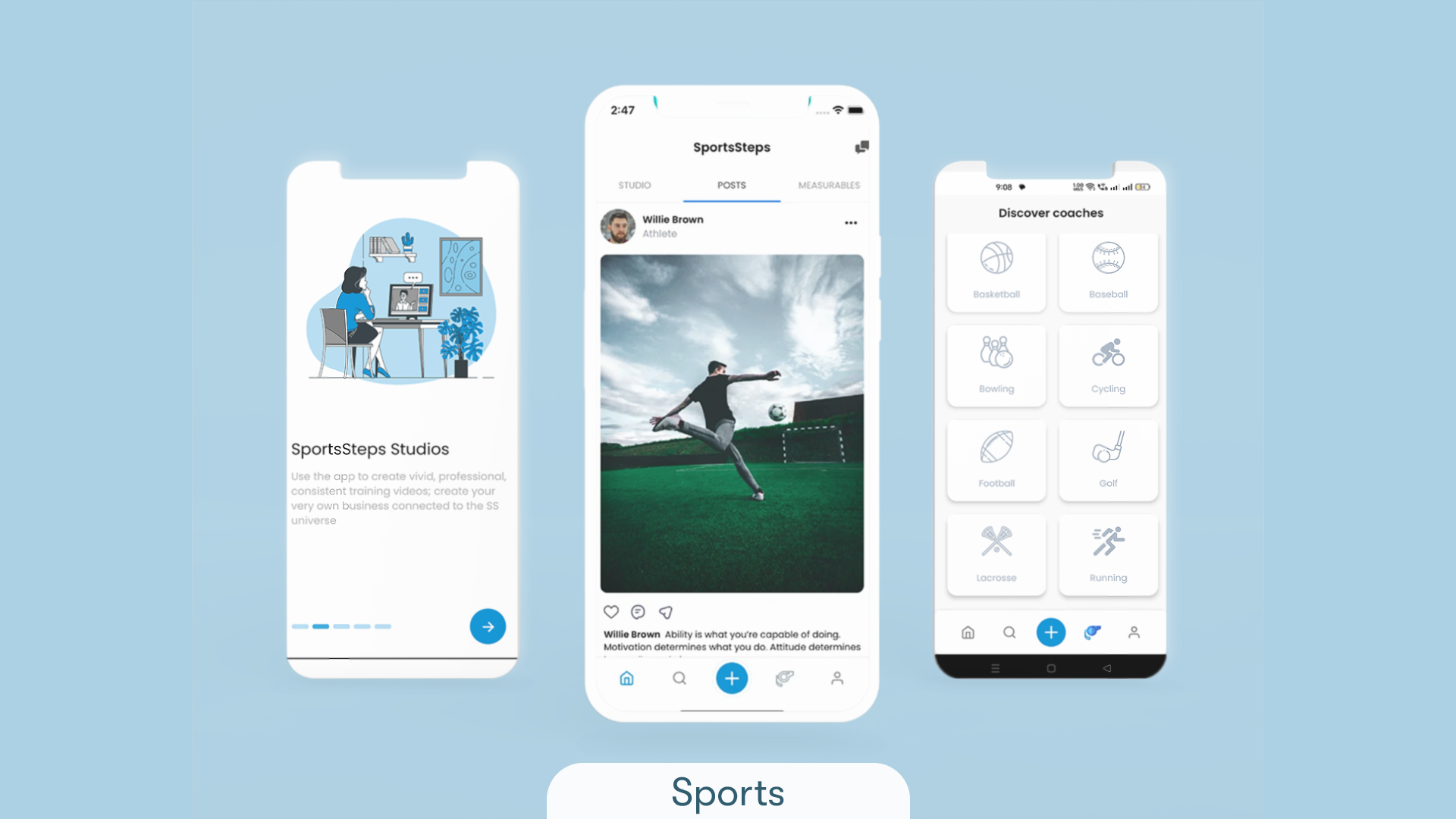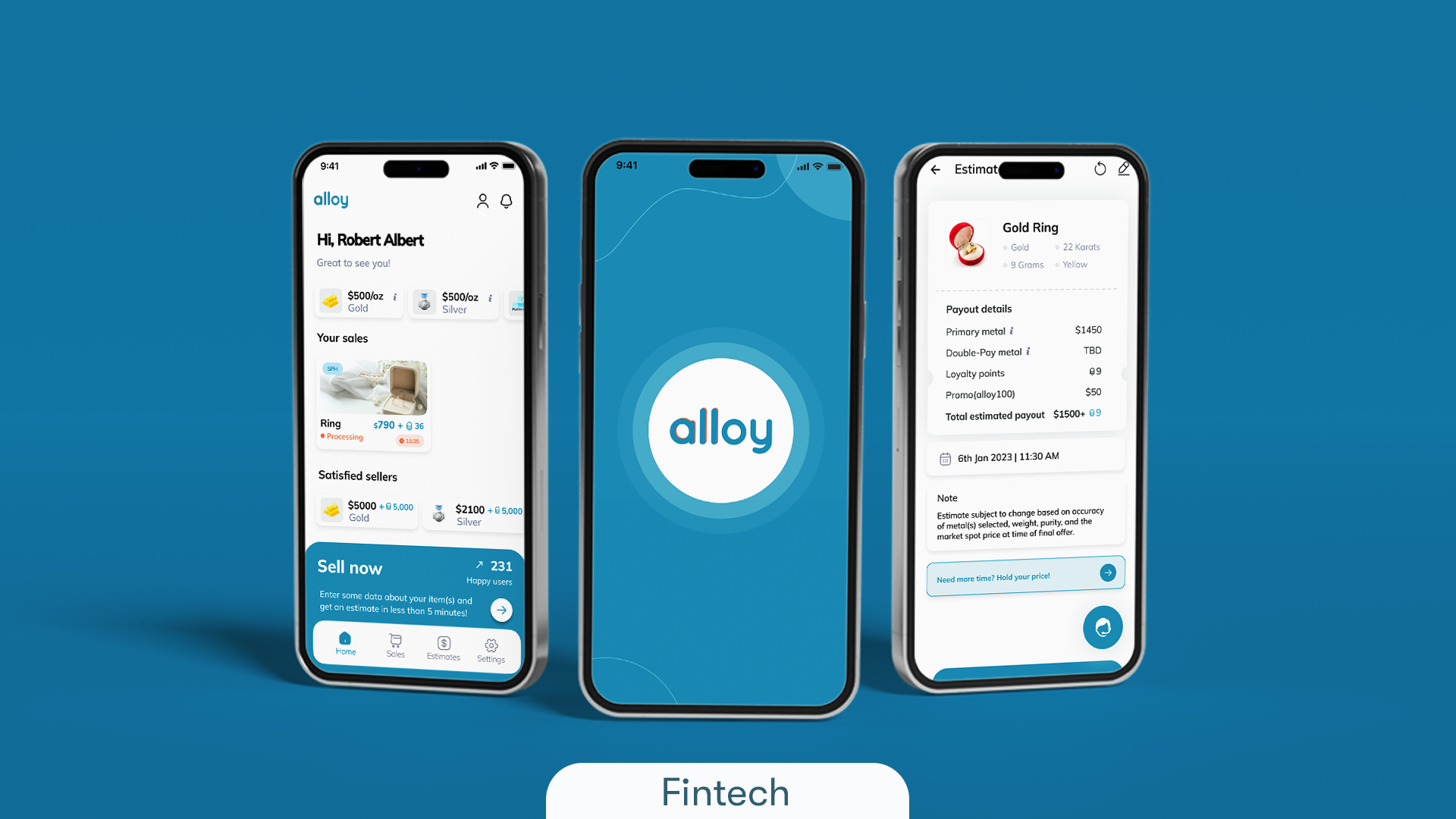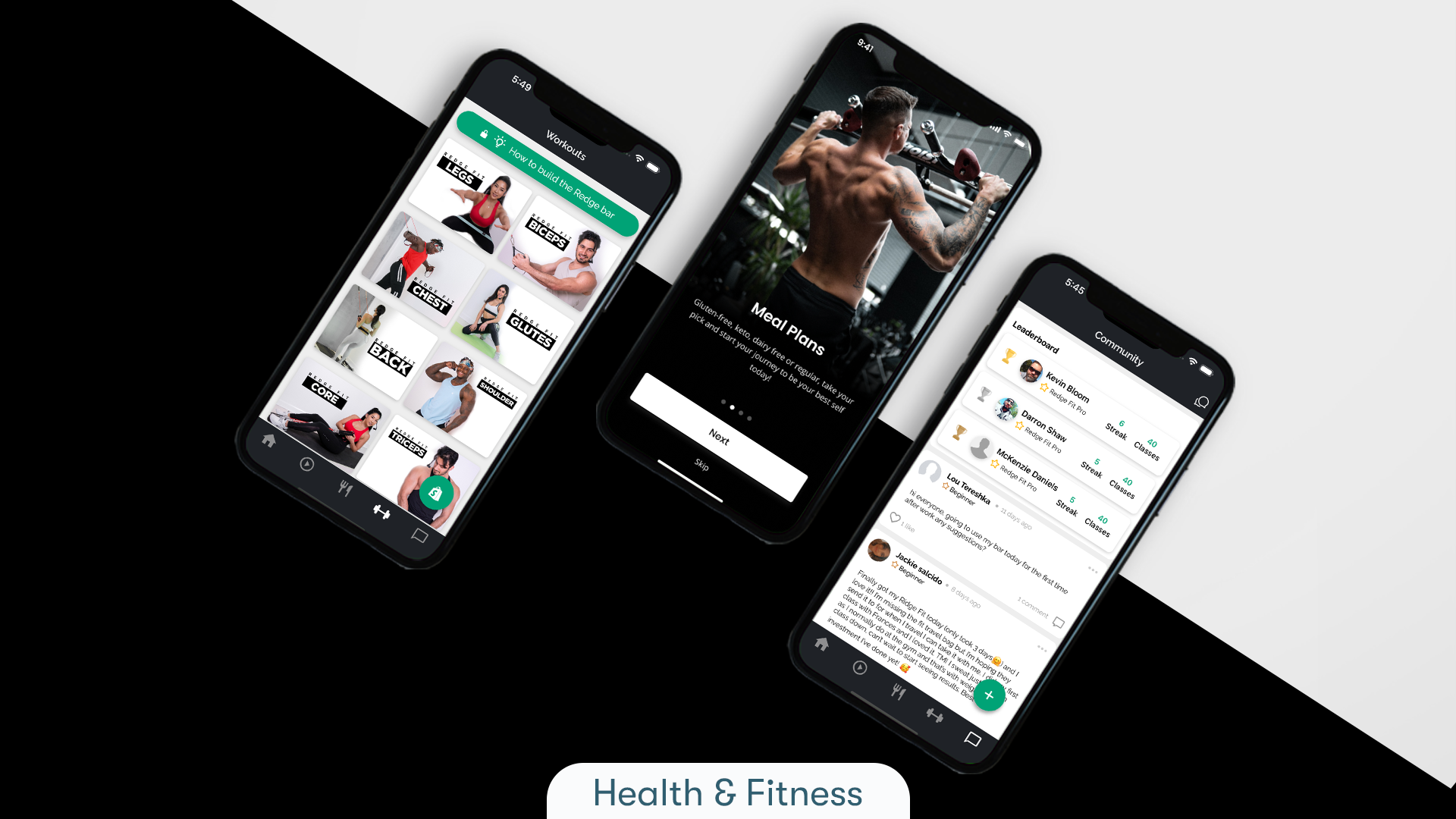June 24th, 2025 at 09:45 am
What Is Mobile App Integration?
Mobile app integration refers to the process of linking your mobile application to internal or third-party business systems—such as CRM, ERP, analytics, payment gateways, or inventory management. Rather than being a standalone tool, the app becomes an intelligent gateway that reflects live business operations in real time.
By integrating with enterprise systems, your app can:
- Retrieve personalized user data (e.g., order history, support tickets): This creates a dynamic experience where users can view updates in real time, access previous interactions, and feel acknowledged with tailored content.
- Execute transactions via secure payment gateways: Integrating services like Stripe or PayPal allows your app to process payments directly, securely, and seamlessly, reducing cart abandonment and increasing conversion rates.
- Sync inventory or delivery statuses dynamically: For e-commerce or logistics apps, this is essential for transparency. Real-time syncing ensures users always see the most current product availability and order tracking details.
- Communicate seamlessly with backend workflows and reporting tools: From internal CRMs to warehouse logistics, an integrated app automates the flow of data across systems, eliminating manual input errors and enhancing operational efficiency.
This is especially crucial for medium-to-large enterprises and digital-first businesses that rely on cohesive, interconnected systems across web, mobile, and arm’s-length channels.
The Technical Side Made Simple
Mobile app integration comes down to well-defined channels: APIs, web services, and middleware tools that enable secure, performant communication between your app and backend systems.
Most integration architectures include:
- REST/GraphQL APIs: These APIs allow your mobile app to request or post data using standard HTTP protocols, with REST offering simplicity and GraphQL enabling fine-tuned control over data queries—ideal for complex applications.
- Message queues/ESB: Message brokers like RabbitMQ or enterprise service buses allow asynchronous communication between systems, ensuring non-blocking operations—crucial for workflows like order updates and system notifications.
- SDKs and libraries: Pre-built software development kits streamline access to services like maps, chats, or payment tools. They save developers time and reduce errors by offering tested modules with built-in best practices.
- Middleware and iPaaS platforms: Integration Platform as a Service (iPaaS) tools like Zapier, MuleSoft, or Boomi reduce the burden of writing complex code. These tools offer user-friendly dashboards and automations to connect various SaaS tools without deep technical expertise.
Why Your App Needs To Connect To Business Systems
Seamless integration enables essential user and business outcomes, including:
- Real-Time Personalization: Integrating user data enables apps to provide real-time content, offers, and messages that feel uniquely tailored. Whether it’s recommending products based on past purchases or greeting users by name, these touches drive loyalty.
- Operational Efficiency: Integration means that actions taken in the app—like submitting a form or making a payment—automatically sync to backend systems, eliminating delays and manual data entry, and boosting accuracy.
- Data Consistency Across Channels: Businesses that operate across mobile, desktop, and physical locations need unified data. Integration ensures that a user’s preferences or orders made on mobile reflect everywhere.
- Comprehensive Analytics: Connected systems enable deeper reporting by tracking user behaviors across platforms. This helps you measure engagement, predict churn, and optimize the user journey through data-backed decisions.
Common Types of Business System Connections
When integrating your mobile app, you’ll typically encounter these system connection types:
- CRM (e.g., Salesforce, HubSpot): Syncing with CRMs allows the app to display a customer’s profile, purchase history, and ticket status, making support and marketing more responsive and targeted.
- ERP/Inventory Systems (e.g., SAP, Oracle Netsuite): These systems track inventory, order flow, and procurement. Integration ensures users only see in-stock items and enables real-time order management directly through the app.
- Payment & Billing (e.g., Stripe, PayPal): Secure and efficient payment integrations simplify the checkout process, enhance security with tokenized data, and improve the customer’s trust and payment experience.
- Analytics Tools (e.g., Google Analytics, Mixpanel): These tools help track user behavior inside the app—from screen flows to drop-off points—providing valuable data for refining features and UX.
- Communication & Engagement Tools: Integration with push notification engines, chat support, or loyalty platforms allows businesses to engage customers proactively and resolve issues instantly.
- Marketing Automation (e.g., Mailchimp, Marketo): Trigger automated emails or SMS based on in-app behavior. For example, a user abandoning a cart might receive a discount message within minutes, increasing recovery rates.
Planning Your App Integration Strategy
A sound integration strategy ensures your app is scalable, robust, and aligned with business objectives. Key steps include:
- Map Business Objectives: Understand what outcomes you want the app to drive—such as sales, user engagement, or reduced support load—and define clear metrics for success.
- Define API Contracts: Work closely with backend teams to define endpoints, methods, data formats, and error handling standards. This ensures seamless communication between systems.
- Choose Architecture: Depending on the use case, select real-time sync, batch updates, or hybrid models. RESTful API calls are great for immediacy, while queues work better for deferred actions.
- Manage Data Flow: Design logic for data syncing—including how to handle duplication, versioning, and offline access—to create a stable user experience.
- Set Security & Compliance: Adhere to GDPR, HIPAA, or PCI-DSS as applicable. Implement HTTPS, data encryption, and secure authentication like OAuth 2.0.
- Implement Monitoring & Testing: Use tools like Postman, Swagger, or Charles Proxy to simulate real-world calls and ensure reliability under various scenarios.
Common Integration Challenges And Solutions
- Authentication & Permissions
- Challenge: Integrating with multiple third-party systems often means dealing with varying authentication methods (e.g., API keys, OAuth, JWT).
- Solution: Implement a unified token-based identity management system. Tools like AWS Cognito or Auth0 simplify integration while managing roles and permissions securely.
- Data Transformation & Formatting
- Challenge: Data structures in backend systems rarely match the mobile app’s front-end needs.
- Solution: Use transformation layers to clean, reshape, and map incoming data into the format your app expects. Middleware tools or server-side data mappers streamline this process.
- Managing Rate Limits & Performance
- Challenge: External APIs can slow down app responsiveness due to call limits or network latency.
- Solution: Implement request throttling, caching frequently requested data, and using queues for non-essential operations to maintain performance.
- Offline Support
- Challenge: Users may not always have stable internet access, which could cause data loss or user frustration.
- Solution: Store key actions locally (e.g., SQLite or Realm DB) and queue them for syncing once a connection is re-established.
- Handling Schema Changes & Versioning
- Challenge: Backend teams may update APIs without backward compatibility, breaking the app.
- Solution: Use versioned APIs and plan for graceful degradation. The app should detect unsupported versions and prompt for updates if necessary.
Frequently Asked Questions (FAQs)
Q1. Why is mobile app integration important for modern businesses?
Mobile app integration ensures your app communicates with existing business systems like CRM, ERP, and inventory platforms. This leads to real-time data synchronization, improved customer experience, and enhanced operational efficiency.
Q2. What’s the difference between API and SDK integration?
APIs allow your app to communicate with other systems using defined rules and protocols. SDKs are pre-built packages that include APIs along with tools, documentation, and libraries to simplify integration. SDKs typically provide a faster implementation route for specific services.
Q3. Can small businesses benefit from app integration?
Absolutely. Even small businesses benefit from integration with tools like payment gateways, CRM systems, and marketing platforms. Integration can automate tasks, reduce errors, and provide better insights for growth.
Want your mobile app to be more than a front-end? Let Nordstone help you plan, build, and integrate powerful business systems for intelligent, scalable growth. Contact Nordstone to align integration strategies with your app objectives.

